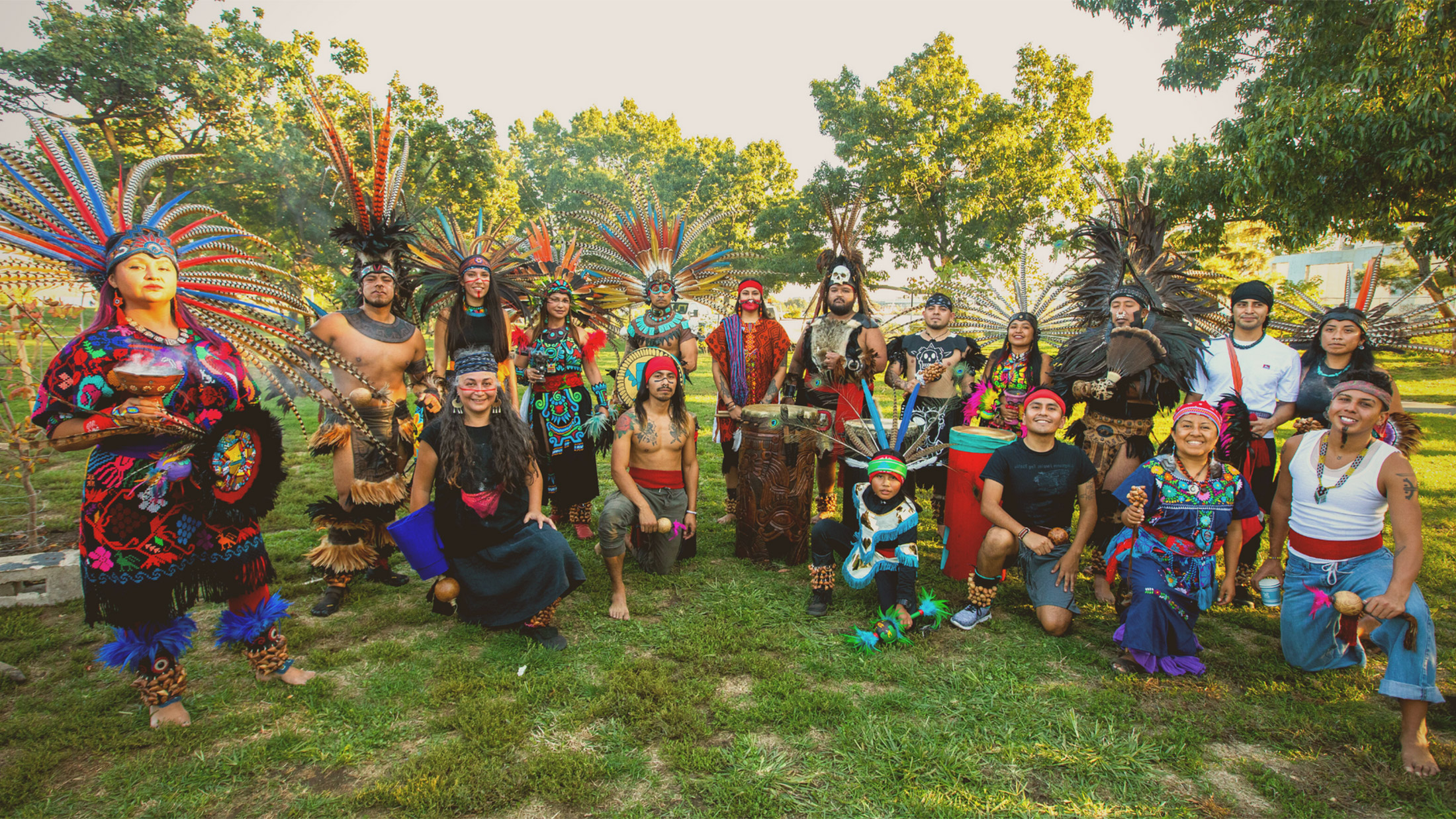
As one of the oldest cities in the nation, Philadelphia offers a rich tapestry of Indigenous culture, art, artifacts, historical lands and sacred legends.
The sites and stories from the region’s long (and often complicated) relationship with the native Lenape people dot the landscape and can be explored through area museums and public art, at historic sites and battlefields and among the 14,000 Philadelphians of Indigenous ancestry.
The History of Indigenous Peoples in Greater Philadelphia
Before William Penn founded Philadelphia in the early 1680s, before the British took control in 1664, before Swedish and Finnish colonists settled the area in 1623, the region that is now Philadelphia was the ancestral homeland of the Lenape peoples (whom Europeans called the Delaware) for millennia. The area’s earliest residents were Paleo-Indian hunter-gatherers who then settled the area named Lënapehòkink around 8,000 B.C.
By the 1680s, Sakimauchheen Ing — referred to as Shackamaxon by settlers and located in what are now Philadelphia’s River Wards neighborhoods of Fishtown, Kensington and Port Richmond — was an important village to the Turtle Clan of the Unami Lenape, a key location in their territory along the Delaware River watershed. It was at Shackamaxon (fittingly a Lenape term meaning “a place where chiefs meet”) in the early 1680s (the exact year is debated) where William Penn and local Lenape Chief of Chiefs Tamanend signed a treaty agreeing to live in perpetual peace, under an ancient elm tree in modern-day Penn Treaty Park.
While that peace stood firm during his lifetime, the period after William Penn was a time of broken accords, forced migrations and sham agreements. The most egregious aggression: the Walking Purchase of 1737, when Penn’s heirs swindled over 1 million acres from the Lenape through a land grab disguised as a deceitful treaty. Historical markers throughout Bucks County denote important sites of that deception. (More on those below.)
Decades later, the region’s Indigenous peoples fought on both sides of the Revolutionary War. Some allied with the British to protect their culture and curtail land encroachment, others supported the colonists over personal beliefs, important relationships and British exploitation.
Indigenous Peoples in Greater Philadelphia Today
Today, these stories of allyships, conflicts and culture come to life at sites like Valley Forge National Historical Park and the Museum of the American Revolution. Visitors to the region can walk the battlefield at Barren Hill, view public art like the towering Tamanend statue, explore Indigenous artwork through galleries at the Philadelphia Museum of Art and the Penn Museum, and study important artifacts — including the wampum belt presented to William Penn at Shackamaxon and the famous Lenape Stone — live in person.
The spirit of the region’s Indigenous culture and history is integral to and bonded with the country’s post-Revolutionary culture and history. Below, find our guide on where to experience Indigenous culture and history today at museums, galleries, businesses and more in Greater Philadelphia.
